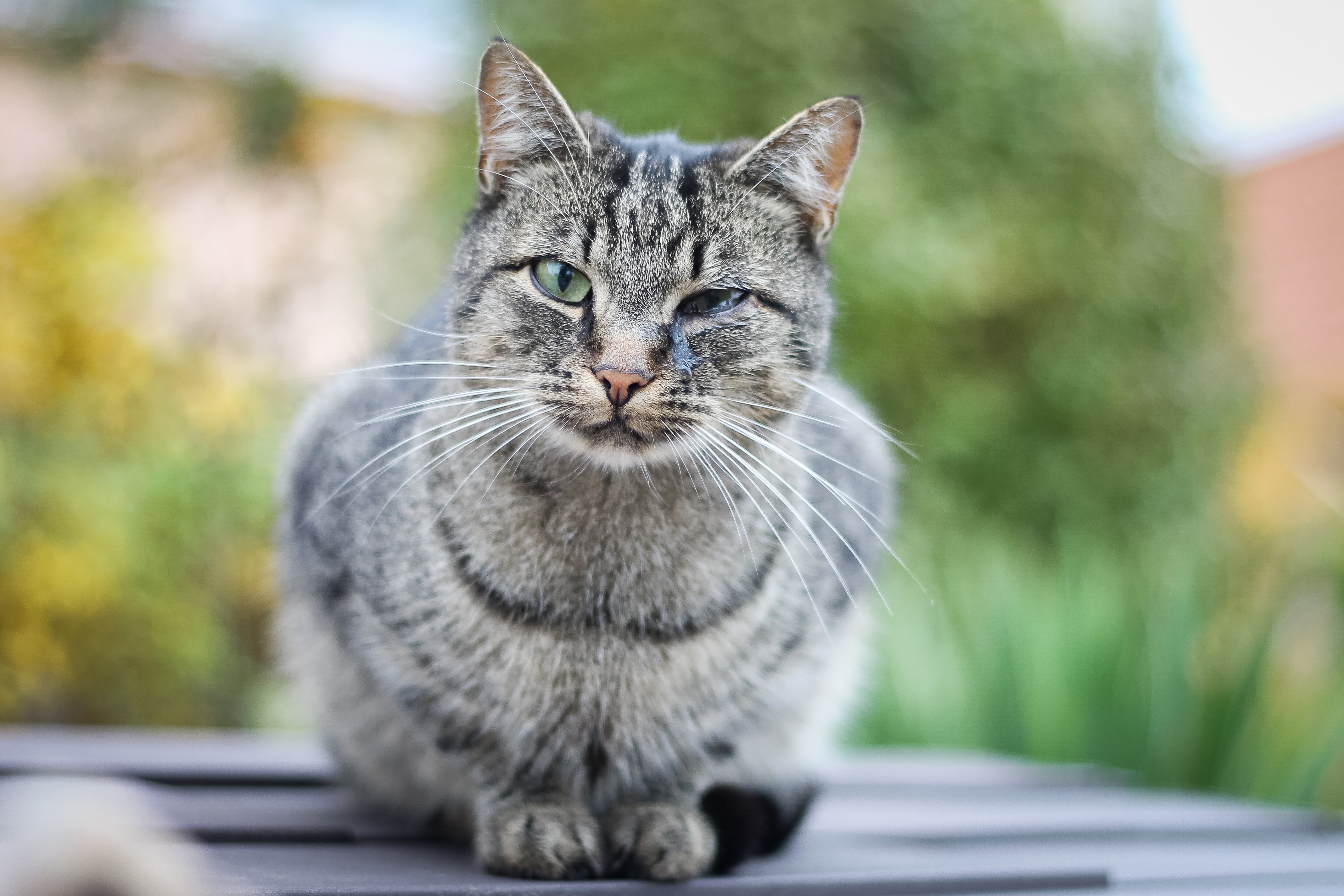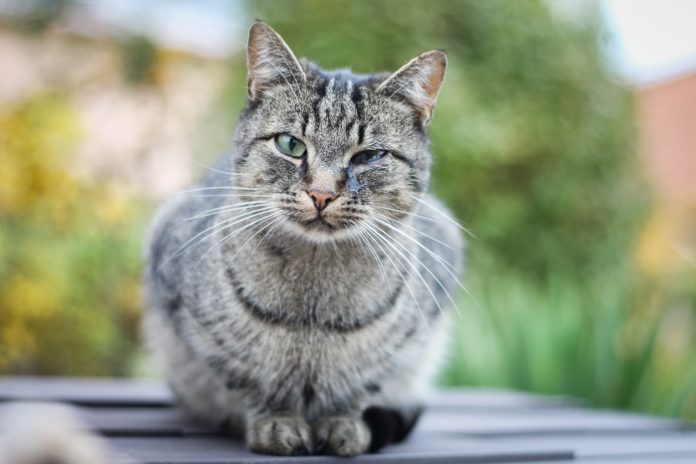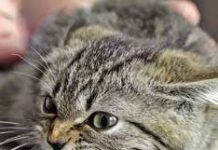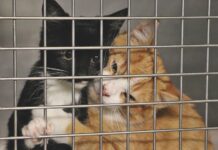
Tears on your cat’s face can be concerning. Cats do not have “emotional” tears like people do, and some causes reflect serious situations; others are minor.
Tears are essential to help keep the cornea healthy. A normal tear film has lipid (fatty), aqueous (water), and mucus components. These three parts work together to protect the cornea, keep it lubricated, and keep it hydrated. Tears also help to flush foreign bodies, like dust and pollen, away from the sensitive tissues of the cornea.
An excess of tears—also called epiphora—is often the result of an irritation of the eye. One common cause of ocular irritation is eye lashes rubbing the cornea due to an eyelid that rolls in toward the cornea, a condition called entropion. Long-haired cats and cats with short muzzles (brachycephalic breeds, like Persians and Himalayans) are more likely to experience entropion. Severe cases of entropion may require surgery to prevent the development of corneal ulcers from chronicirritation.
Causes
Tears may overflow if your cat has plugged tear ducts. Tear ducts, also called lacrimal ducts, are found in the corner of the eye closest to the nose. These ducts normally drain excess tears back into the nose or throat. Plugged tear ducts may require your veterinarian to gently open the plugged duct under anesthesia.
Along with these conformational ocular irritations, cats can also have problems caused by environmental irritants to the cornea—cleaning sprays, dust, or scented candles or potpourris, for example. You can easily eliminate candles or other heavily scented products from your house. For cleaning agents, it is best to leave your cat secured in another room while you clean. Air the room out thoroughly before your cat is allowed back in.
If clear discharge is accompanied by squinting, a closed eye, redness, and/or pawing at the eye, your cat is indicating discomfort, and you need to schedule a veterinary visit promptly. Eye problems can go from minor to serious quickly if not treated appropriately, and these signs could indicate a corneal injury, most of which are treatable but require medicalattention.
At the Clinic
Your veterinarian will carefully examine your cat’s eyes. A Schirmer tear test will be done to see if your cat is truly producing the appropriate amount of tears. Your veterinarian or a veterinary technician also will apply some fluorescein stain to check for corneal injuries. Cats with corneal injuries will most commonly require antibiotic drops or ointment with a recheck in seven to 14 days to evaluate healing.
Feline upper respiratory infections, including calicivirus (FCV) and herpesvirus (FHV), may cause a clear ocular discharge in cats. This can progress to a pus-like or purulent discharge with secondary bacterial infections. Affected cats may also show signs of a respiratory infection, such as sneezing and nasal discharge. Some cats will recover from the respiratory signs but have a chronic clear discharge.




